Welcome to the program of the ETAP working group for the Institutstreff 2023 on the 7th July 2023 from 10-noon. You can also have a look at the German version🇩🇪.
Details on the topic, times and meeting point for each event can be found below.
Lab tours
High Speed Electronics Lab (WGs Büscher/Tapprogge) [FPGAs]
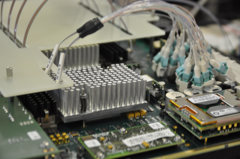
Particle detectors for collider experiments generate huge amounts of data that need to be reduced in real time before they can be stored permanently. For this purpose, dedicated high-density and ultra-fast electronics are being developed and built in Mainz, which can process data in real time and make filter decisions with the help of programmable logic components (FPGAs). The modules can process up to 3 Tbit/s with massively parallel algorithms. In the laboratory tour, we show the construction, operation and testing of these modules on site and report on the installation and commissioning that has just taken place in the ATLAS experiment in Geneva.
at 10:30am
meeting point in front of office 04-433 (Staudingerweg 7)
Micromegas as Particle Detectors & Search for Axions [Micromegas/Cavities]
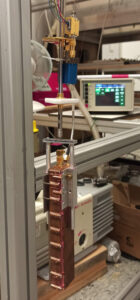
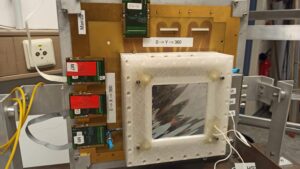
The development of micromega based particle detectors is a key area of research in the group of M. Schott. Such detectors have been built for the ATLAS experiment at the LHC, and are currently optimized for usage as muon veto at the IAXO experiment, which is dedicated to search for axions. In addition a new experiment searching for low mass axions using a superconducting is cavity is currently being setup in the lab.
at 10:30am
meeting point in front ofroom 05-314 (Staudingerweg 7)
Developing an intense cold atomic beam for neutrino mass measurements [Cold Atoms]
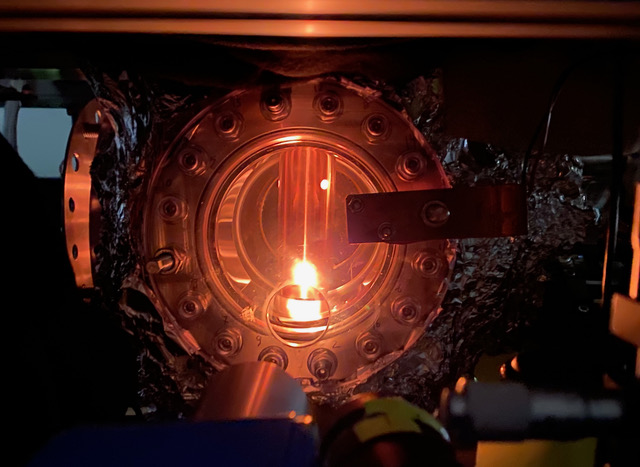
This project is a collaboration between AG Fertl and AG Böser to investigate efficient production and cooling mechanisms for high-flux atomic hydrogen beams. Developing these beams is crucial for a future neutrino mass measurement based on trapped ultra-cold atomic tritium: the Project 8 experiment. Here the trapped atomic tritium undergoes beta decay, and the resulting electrons' energy is reconstructed using cyclotron radiation emission spectroscopy. The distribution of electron energy can then be used to extract the neutrino mass.
at 11am
meeting point in front of the elevators 5th floor (Staudingerweg 7)
Scintillator-Lab (WG Wurm) [Scintillators]
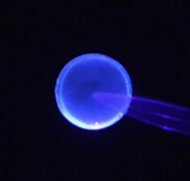
Scintillators are widely used as light-producing detection media in modern particle-physics experiments. The applications range from the cm-scale plastic scintillator tiles of the CALICE calorimeter to the 20,000 ton liquid-scintillator target of the JUNO neutrino experiment. The lab tour will show the most recent developments in organic, opaque and water-based scintillators of our Mainz laboratory as well as the table-top instruments that we use to determine light yield, fluorescence properties and light transparency.
at 11am
meeting point in front of the elevators 5th floor (Staudingerweg 7)
Timing detector at ATLAS (WG Masetti) [Timing]
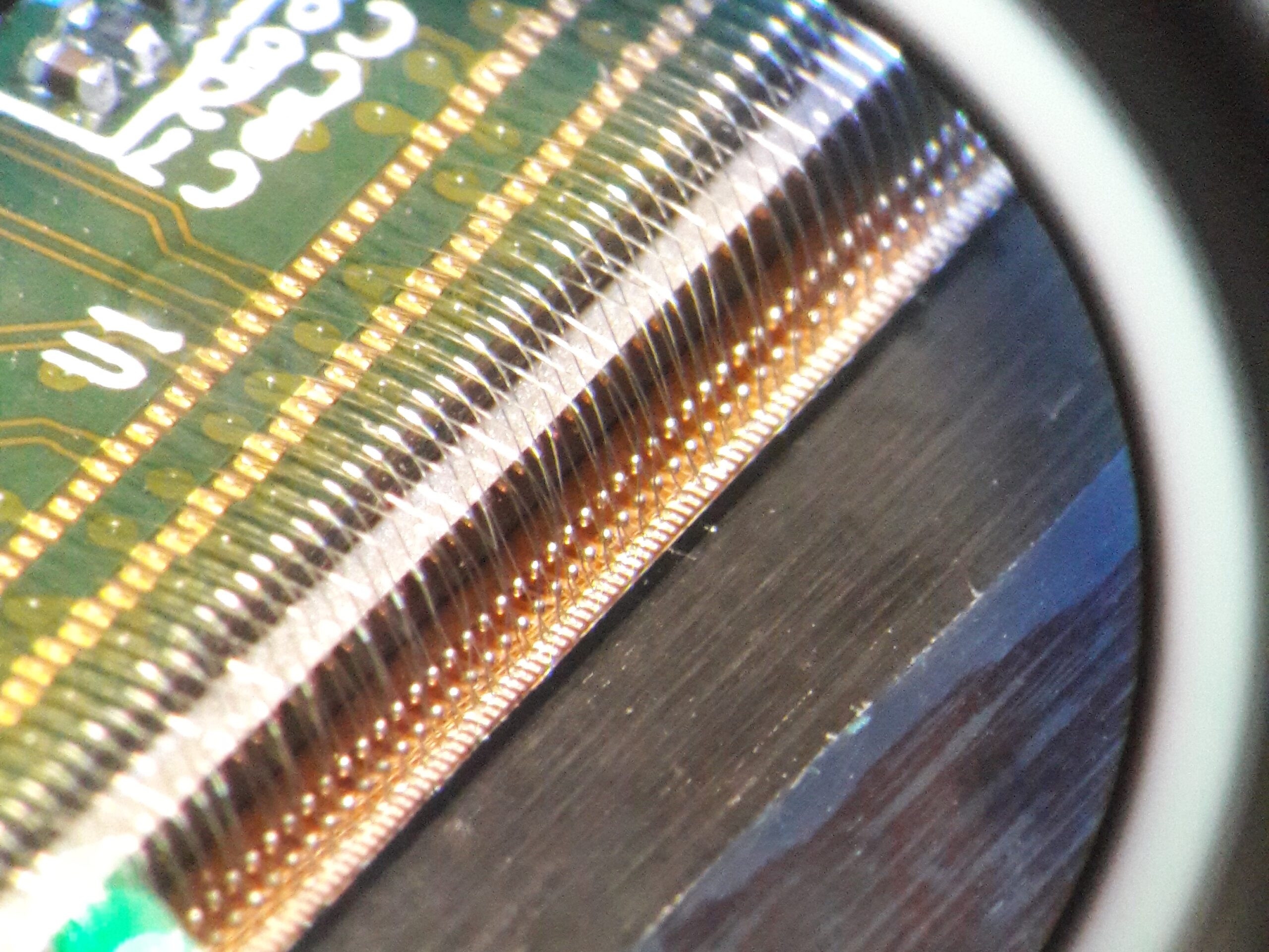
For the High Luminosity upgrade of the LHC, the assignment of tracks to interaction vertices exploits time measurements additionally to the spatial information, which by itself is not sufficient anymore. The ATLAS High Granularity Timing Detector (HGTD) consists of silicon detectors providing a time resolution of 50 ps per track. The single detector elements (modules) are made of two sensors with their read-out electronics and in our labs we glue, wire bond and test them.
at 11:30am
meeting point in front of office 05-324 (Staudingerweg 7)
Optical sensors for the South Pole: detector development for extensions of the IceCube experiment [Optical Sensors]
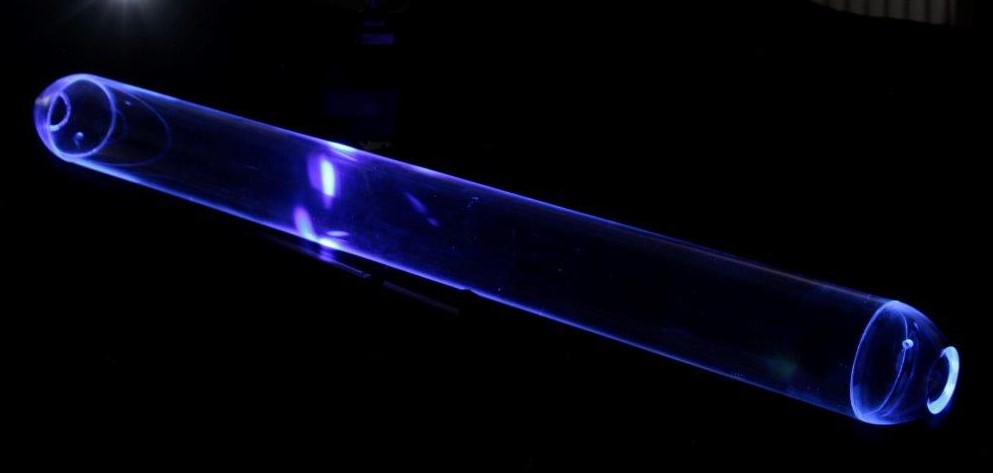
IceCube consists of 5160 light sensors distributed over 1km3 of deep glacial ice at the geographic South Pole. The sensors can timestamp the arrival time of individual photons. Through this instrumentation, the ice block acts as a telescope for exotic elementary particles (especially neutrinos) produced in the highest energy processes of the universe.
For a detector extension, which is scheduled to be installed in the ice of Antarctica in 2025/2026, the AG Böser is developing novel light sensors. These increase the collection area strongly compared to the usually used photomultipliers by using wavelength-shifting color.
at 11:30am
meeting point in front of lab 05-526 (Staudingerweg 7)
Talks
Unfathomable neutrinos: measuring the ghost particles [Neutrino Mass]
How do you actually measure the mass of an elementary particle? And why are the masses of the neutrinos the only ones that are still unknown? How come neutrinos can change their "flavour" on their way through the earth? Why does it help to build a detector at the South Pole to make progress in this question? And what does all this have to do with neutrino masses? In this lecture, which is addressed to everyone (not only physicists) I will try to answer all these questions
at 11am
ETAP seminar room (04-225, Staudingerweg 7)
Dark Matter [Dark Matter]
at 11:30am
ETAP seminar room (04-225, Staudingerweg 7)






